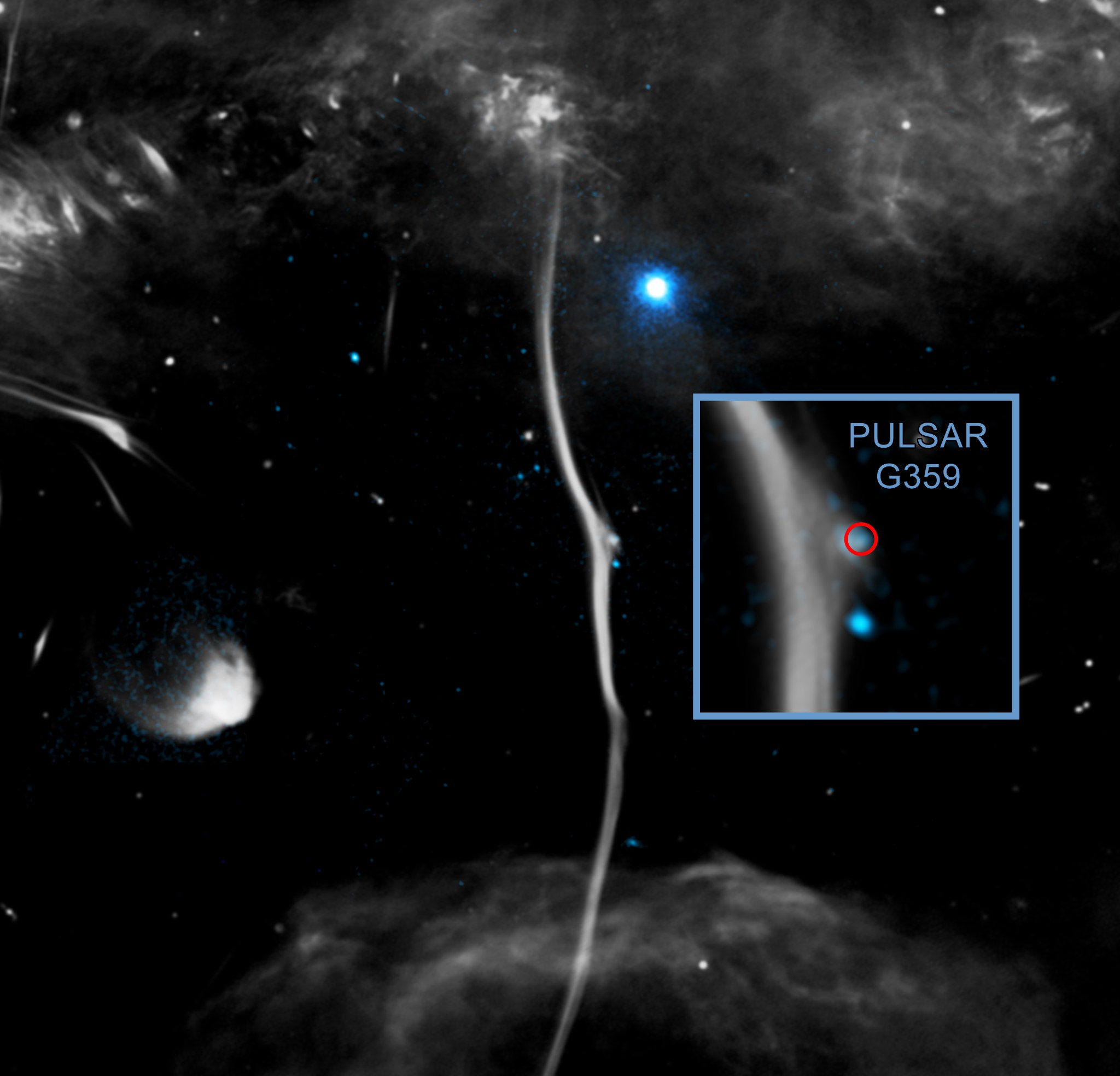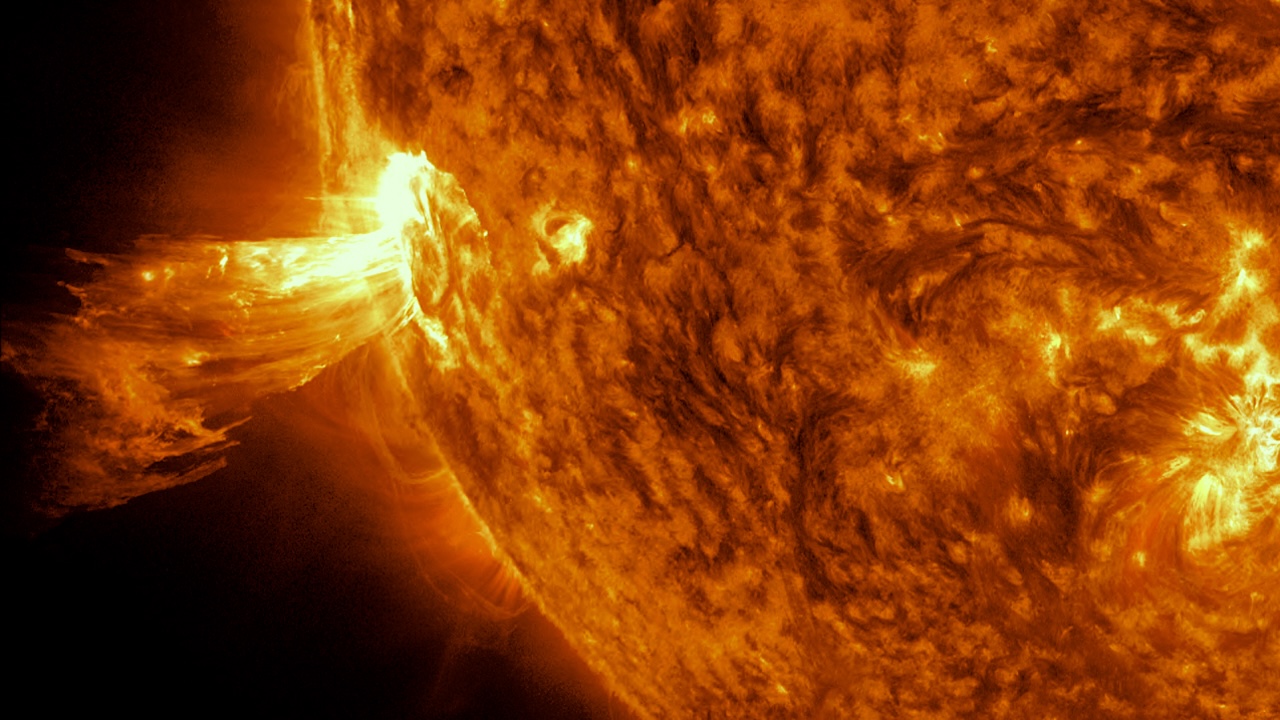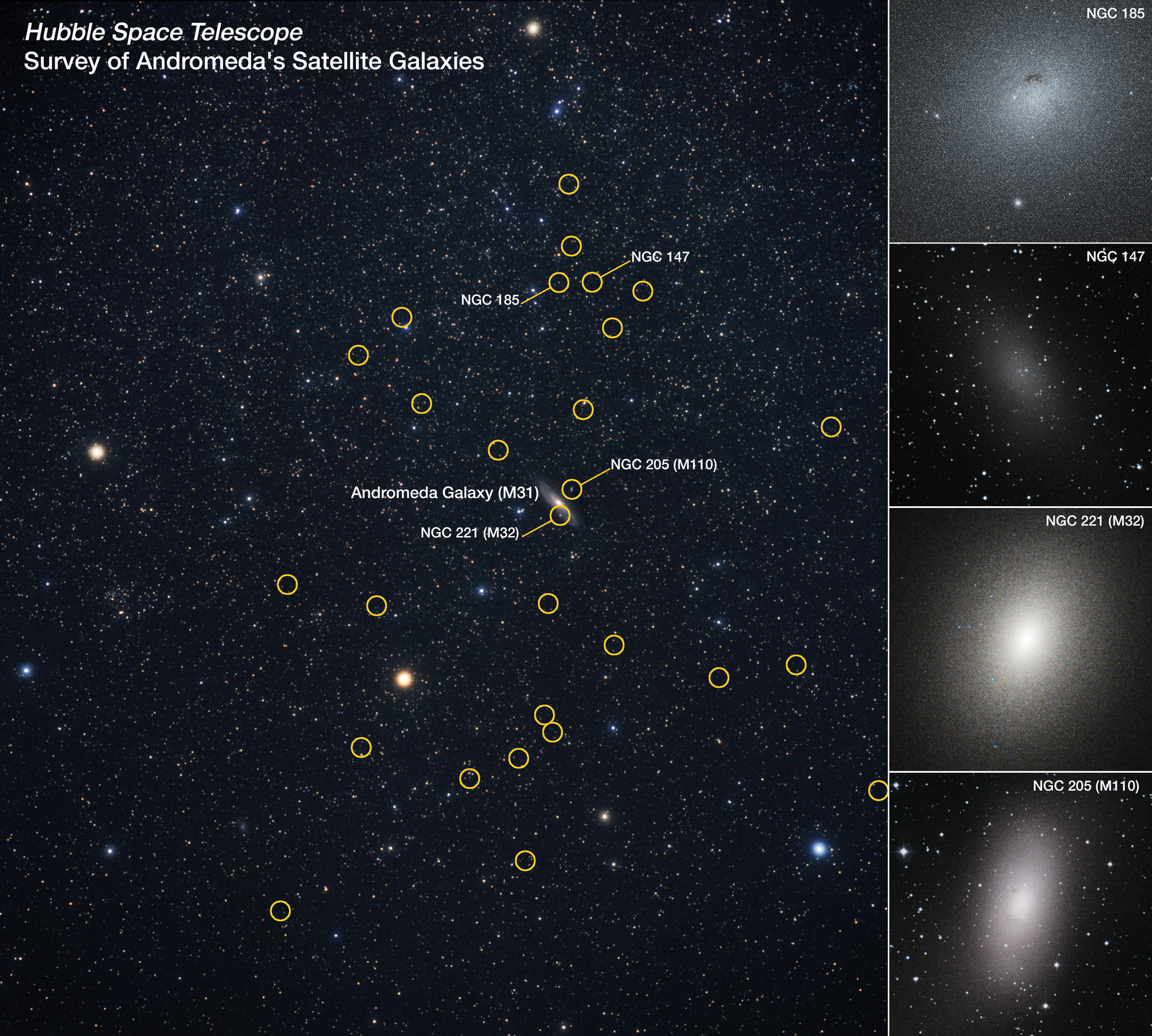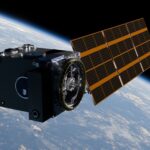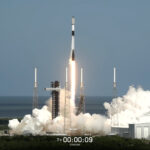X-ray: NASA/CXC/Northwestern Univ./F. Yusef-Zadeh et al; Radio: NRF/SARAO/MeerKat; Image Processing: NASA/CXC/SAO/N. Wolk Astronomers have discovered a likely explanation for a fracture in a huge cosmic “bone” in the Milky Way galaxy,
Hot Posts180- Page
Coronal mass ejection, June 2013 — NASA The spot evolution on the Sun and solar-type stars is important for understanding the nature of consequential flaring activity. This study statistically investigates
From left to right, SpaceX Crew-11 members Oleg Platonov of Roscosmos, Mike Fincke and Zena Cardman of NASA and JAXA astronaut Kimiya Yui pose together in front of a Falcon
The Coyne Helicopter case is one of the most compelling UFO sightings in American aviation history, occurring on the night of October 18, 1973, when a UH-1H helicopter crew encountered
View larger. | Artist’s illustration of a hot Jupiter type of exoplanet. They are similar to Jupiter or Saturn but orbit very close to their stars, so they’re searingly hot.
Join our newsletter to get the latest military space news every Tuesday by veteran defense journalist Sandra Erwin. Last year’s release of both the Department of Defense (DoD) “Commercial Space
WASHINGTON — The bipartisan co-chairs of a congressional caucus have criticized proposed cuts in NASA’s science programs, marking the first Republican opposition in Congress to the plans. In an April
Applications 25/06/2025 333 views 6 likes While satellites have revolutionised our ability to measure sea level with remarkable precision, their data becomes less reliable near coasts – where accurate information
WASHINGTON — IonQ, a Maryland-based quantum computing company, announced May 7 it has reached an agreement to acquire Capella Space, the first U.S. firm to launch a commercial radar imaging
Our neighboring Andromeda Galaxy (Messier 31, or M31) appears to sport a lopsided arrangement of satellite galaxies that defy scientific models, stumping astronomers who are also trying to figure out
-
 012024 in Review: Highlights from NASA in Silicon Valley
012024 in Review: Highlights from NASA in Silicon Valley -
 02Panasonic Leica Summilux DG 15mm f/1.7 ASPH review
02Panasonic Leica Summilux DG 15mm f/1.7 ASPH review -
 03How New NASA, India Earth Satellite NISAR Will See Earth
03How New NASA, India Earth Satellite NISAR Will See Earth -
 04And Thus Begins A New Year For Life On Earth
04And Thus Begins A New Year For Life On Earth -
 05Astronomy Activation Ambassadors: A New Era
05Astronomy Activation Ambassadors: A New Era -
06SpaceX launch surge helps set new global launch record in 2024
-
 07Space Force plans new ‘Futures Command’ amid pressure to speed up modernization
07Space Force plans new ‘Futures Command’ amid pressure to speed up modernization


